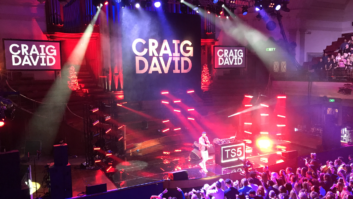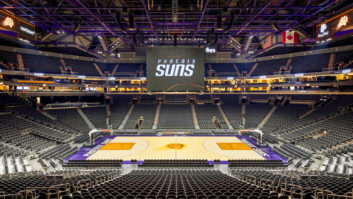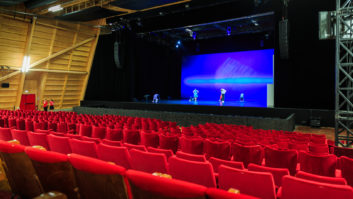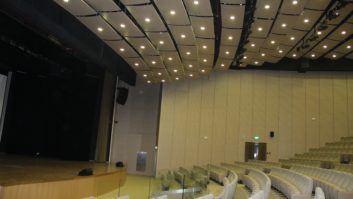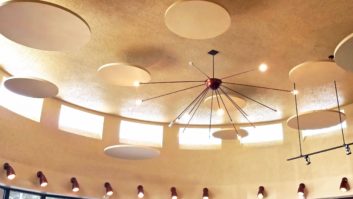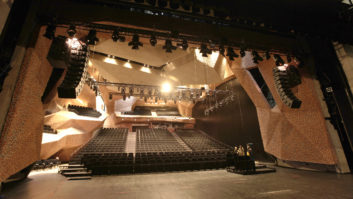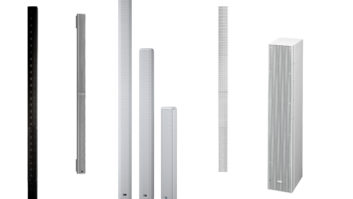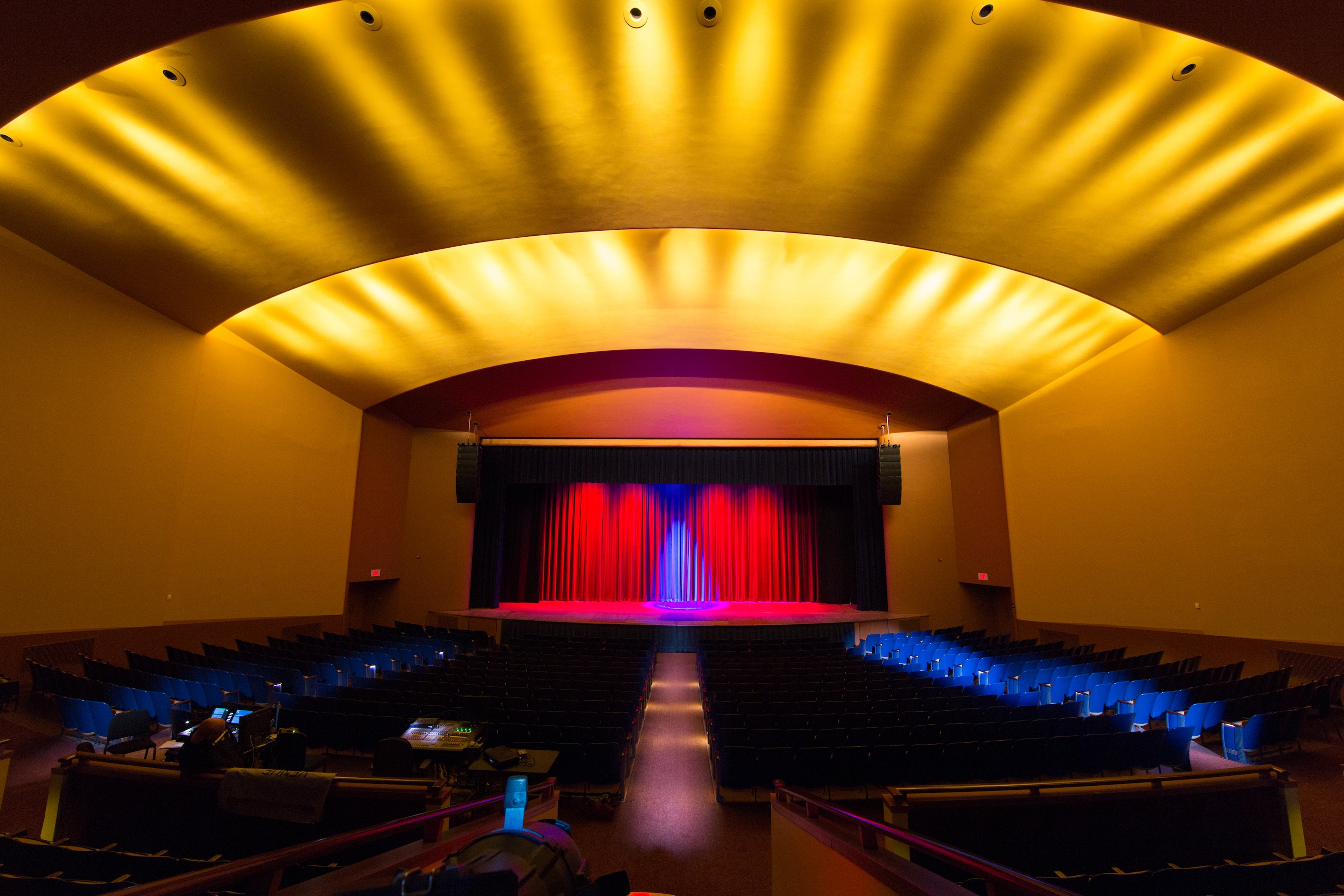
In the first half of our concert halls feature we looked at whether it’s possible to achieve truly multipurpose venues. Here David Davies looks at the developments in loudspeaker systems that offer engineers greater control and provide an alternative to advanced acoustic treatments.
For those venues whose budgets may not stretch to fully integrated approaches, more conventional physically variable acoustical treatments – for example, rotating diffuser/absorber panels and modular drapes – may be utilised to enhance existing infrastructures. But improvements in directivity control also mean there is much that can be done with newer generations of loudspeaker systems alone.
“Correct loudspeaker selection may overcome some aspects of the room by directing sound energy away from reflective surfaces, such as in the use of taller arrays which exhibit great vertical pattern control, and also by the use of advanced electro-acoustical modelling programs that optimise the ‘shape’ of the sound to the audience seating areas,” says Jay Fullmer, applications expert at JBL Professional.
Martin Audio’s Multi-cellular Loudspeaker Array (MLA) system – which enables computer control of each individual acoustic cell in the array for optimum directivity control – is among those to have been applied to multi-style concert halls.
“Because we have such good directional control with MLA, it is possible to get exceptionally good quality audio even in more reverberant environments,” says Martin Audio product support engineer Robin Dibble. “For example, with MLA it is possible to get good results for other types of music even when a venue has been optimised for acoustic reproduction, which typically has longer RT than those optimised for amplified.”
World-class facilities
Although treatments for any venue whose primary purpose is classical music remain controversial for the more puritanically inclined, many more would argue that they have played an integral role in delivering a generation of superior venues. Moreover, ongoing developments in DSP and directive audio mean that venues are destined to become more – not less – flexible.
The benefits of these developments are likely to be particularly noticeable when applied to older venues in need of an overhaul. JBL Professional senior market manager Paul Bauman points to the results achieved at one major venue: “Personally I’ve heard fantastic results at the Royal Albert Hall with an LCR sound design implementation, so it is possible to get a good result in an existing venue with additional acoustic treatment, judicious sound design, detailed system installation/EQ and appropriate system operation. It’s important to ‘work with the room’ and not try to overpower it with SPL.”
As for London as a whole… Well, there is no shortage of people who would claim that London already boasts several world-class facilities for classical and other music forms. But in terms of Sir Simon Rattle’s recent call, the greatest obstacle to a major new venue surely won’t be theoretical or political reservations – it will be the availability of sufficient funding in a period when conditions for more elevated artistic pursuits are becoming evermore adverse.
d&b delivers flexibility for Denmark’s Koncerthuset
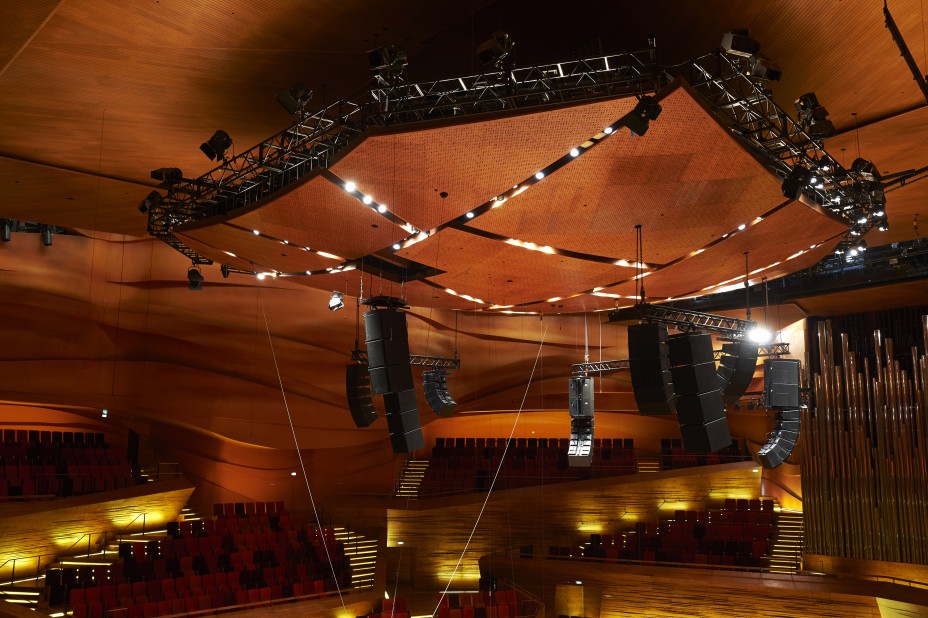
The need to accommodate an increasingly diverse roll-call of musical styles informed the recent audio installation at Copenhagen’s iconic Koncerthuset, which specifically revolved around the venue’s largest space – the 1,800-capacity Concert Hall.
Spoken word and jazz were the priorities for the original system design, but in more recent times the requirements have expanded considerably to include rhythmic concerts, conferences, TV productions, fashion shows, meetings and presentations, family and children’s shows.
An updated PA installation was among the top priorities on the investment list “There were different challenges the new PA system needed to handle,” according to venue owner Danmarks Radio’s (DR) head of planning and production Flemming Bo Nielsen. “Apart from an even coverage of the entire auditorium, adequate Speech Transmission Index (intelligibility), sufficient SPL, etc, the hall’s audience is seated 360º around the stage. Furthermore, all balconies and seating sections are asymmetrical, horizontally and vertically.”
After a detailed test, the decision was made to install a d&b system based on the V-Series, specifically Vi loudspeakers. Ultimately, the new system was installed and commissioned in just two days, in time for the annual Copenhagen Jazz Festival.
